We know something about Colombia. If that something is not tainted by white powder, congratulations. The mere mention of the city Medellín conjures images of its violent cartel, Mr Escobar, and the war it waged on fellow traffickers and its own country.
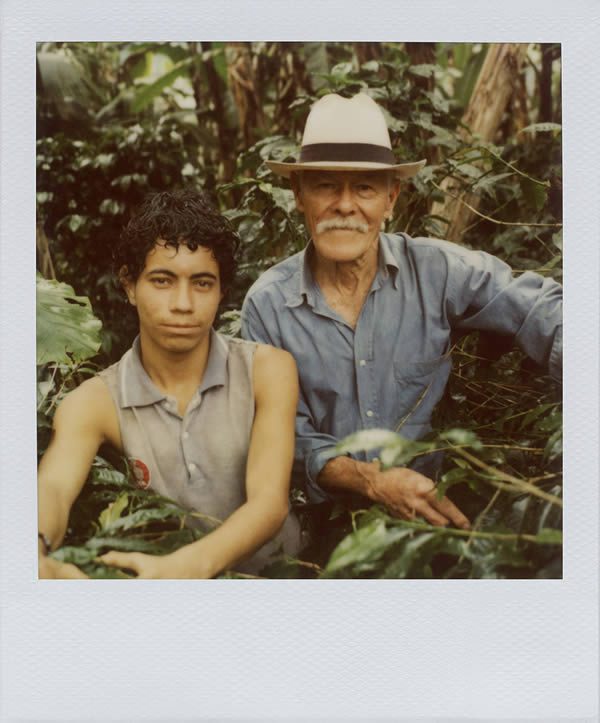
Salento, 2010
With almost 50 million people, though, Colombia is a nation rich in diversity and alternative narratives to those that stereotype it. Arriving in the Latin American country for the first time in 2003, photographer Matthew James O’Brien was instantly taken — and, over the next 11 years, regularly returned as he sought to visually reverse those received ideas.
Bogged down by imagery that represented the country’s struggles (epitomised by Pornomiseria (misery porn), the 1970s cinema movement that focussed on its poverty and social issues), O’Brien began capturing Polaroid images that spoke of the Colombia he had discovered: ‘amidst all these horrors, amidst all the harsh socio-economic and political realities of Colombia,’ O’Brien says, ‘there is so much beauty, humour, creativity, and humanity, and that is what my work is about. There’s plenty of information in the media about the war and violence … I wanted to offer a different look at Colombia, and this is it. I guess you could say the book is a kind of love letter to Colombia.’
Published two years ago in Colombia, nearly 200 of his Polaroids make up No Dar Papaya: Fotografías de Colombia 2003-2013 (published by Placer Press/Icono Editorial), a beautiful monograph that is now set for a U.S. release on Colombian Independence Day; 20 July. Offering a subjective and emotional glimpse at the country and its people, O’Brien’s photography breaks down what you thought you knew about Colombia, and communicates the great humanity and warmth of its people; the softness and sympathetic hues of Polaroid film acting as a conduit for his vision.
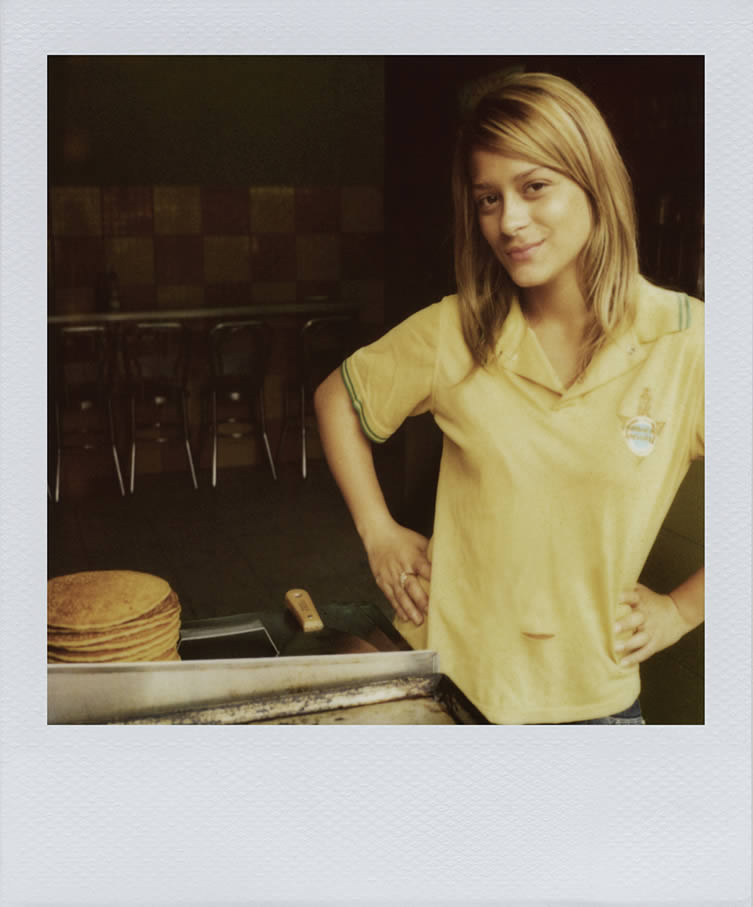
Medellín, 2010
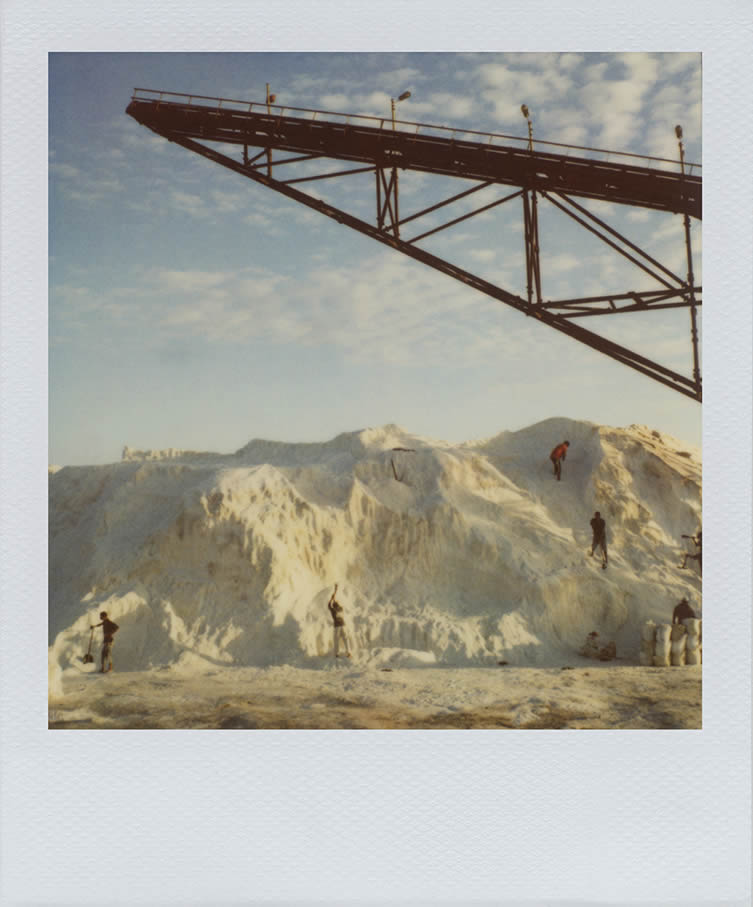
Manaure, 2011
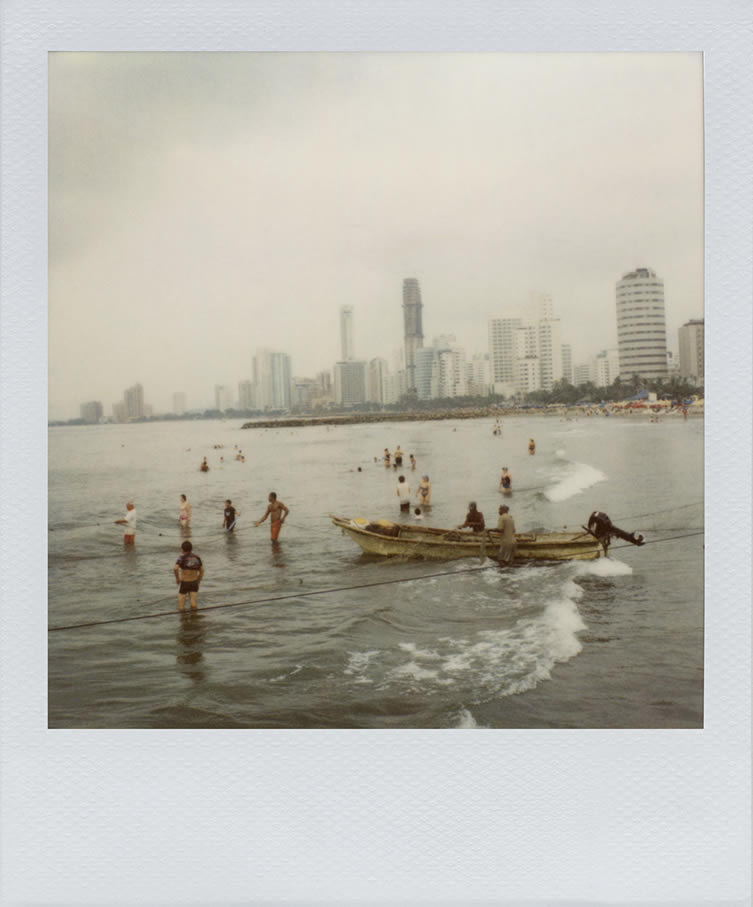
Cartagena, 2010
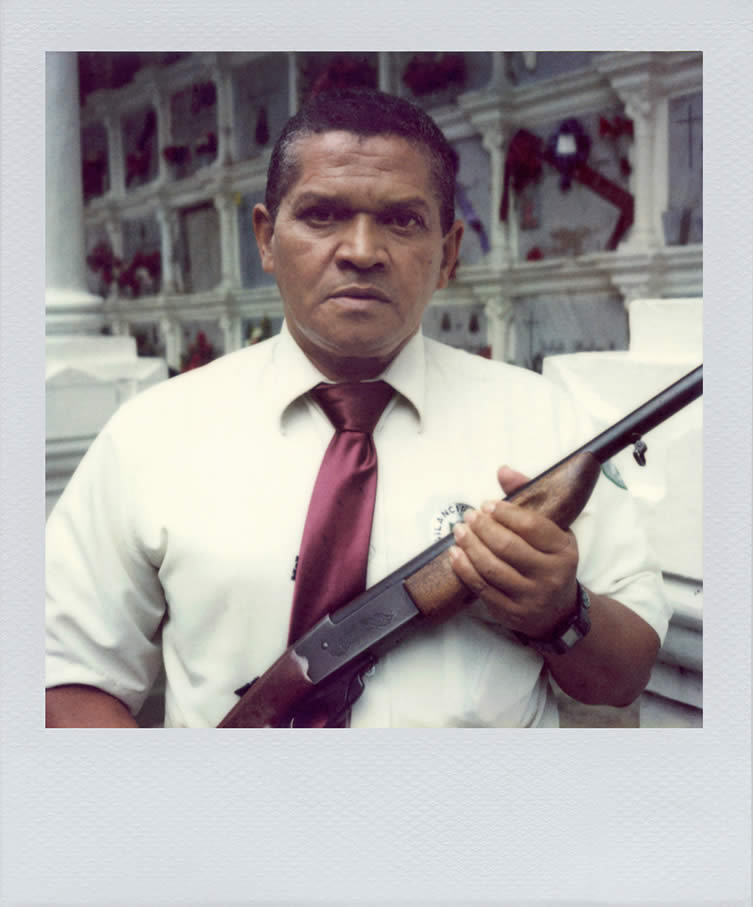
Medellín, 2004
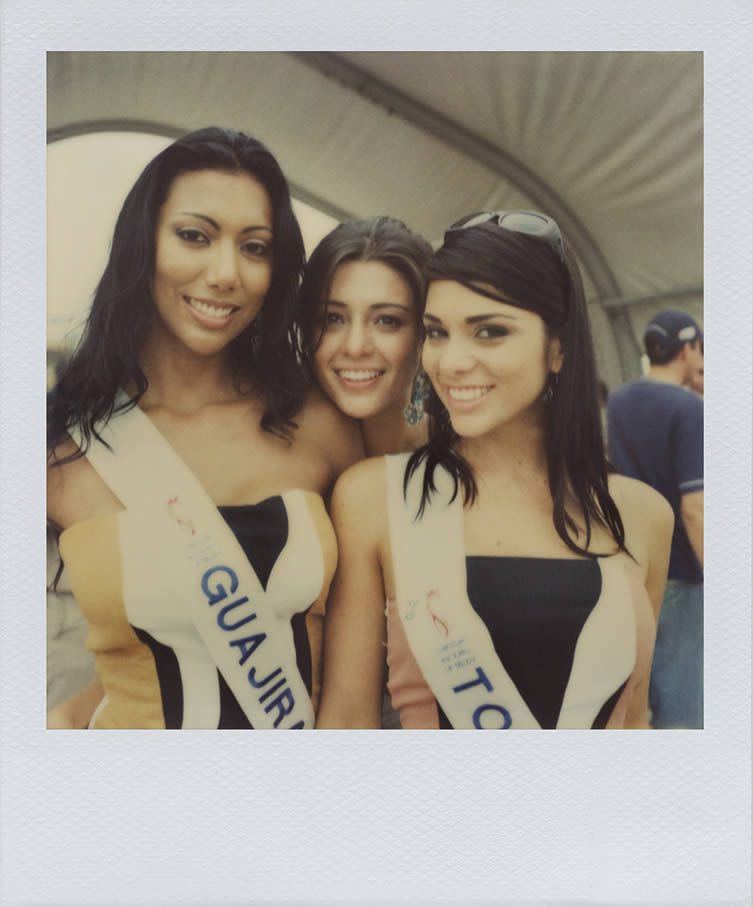
Cartagena, 2003
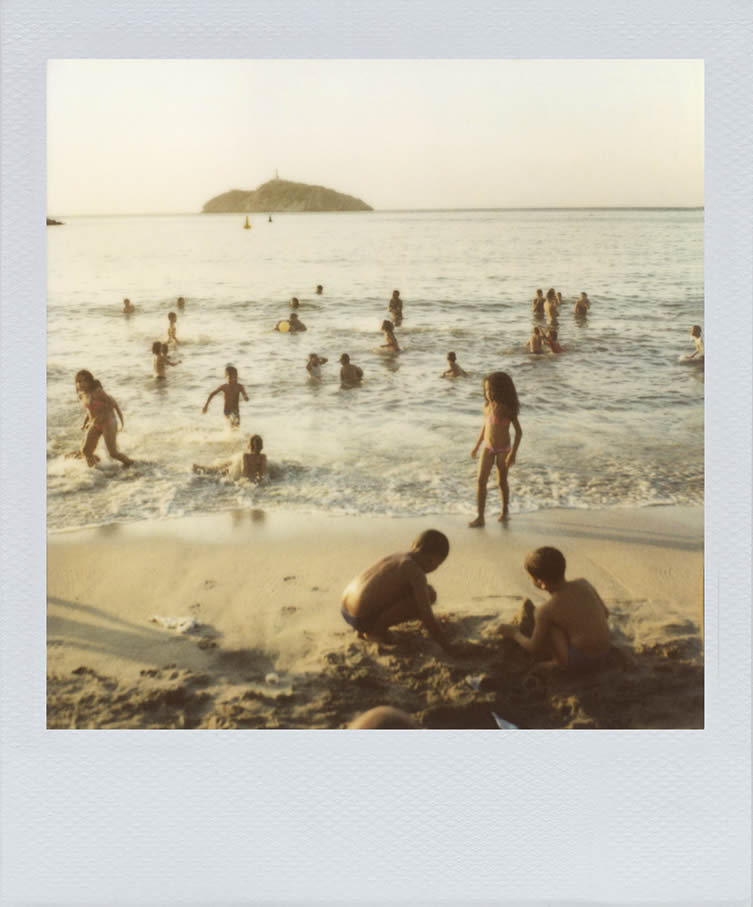
Santa Marta, 2011
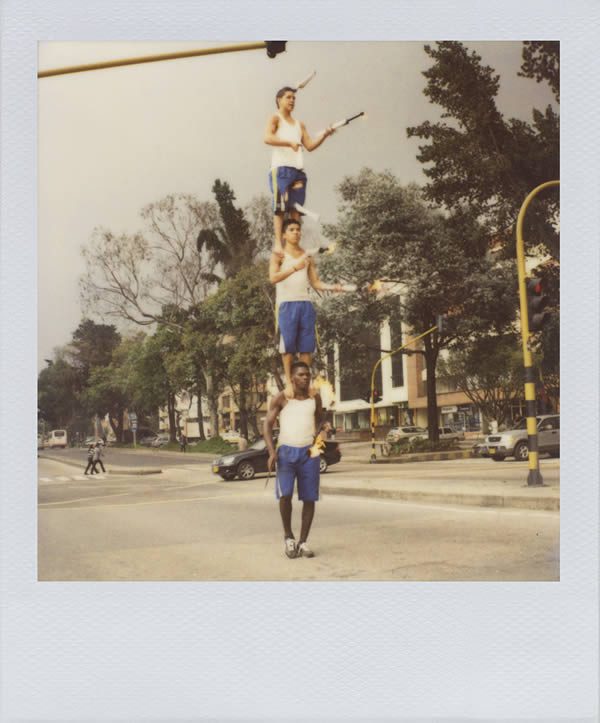
Bogotá, 2010
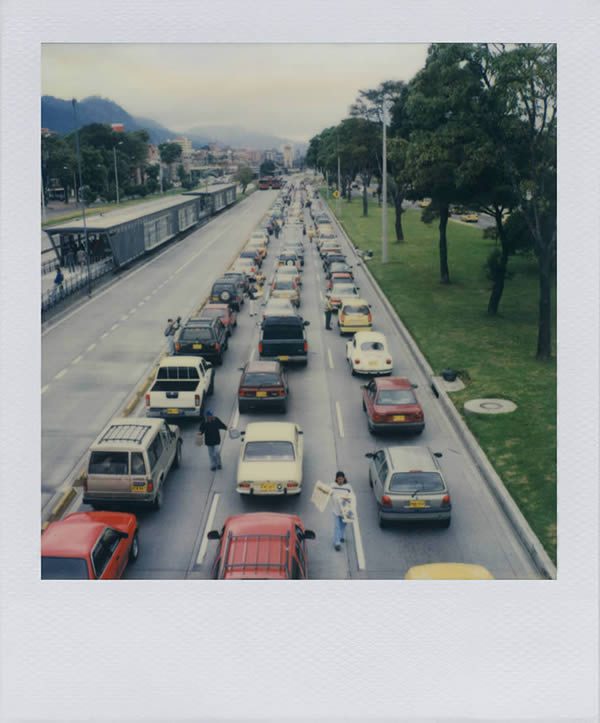
Bogotá, 2005
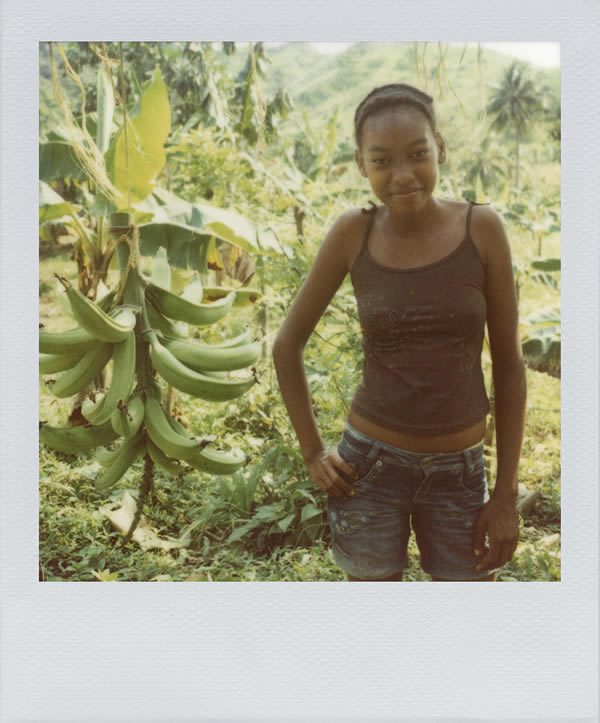
Urabá Antioqueño, 2011
All images © Matthew O’Brien from the book
No Dar Papaya: Fotografías de Colombia 2003-2013








